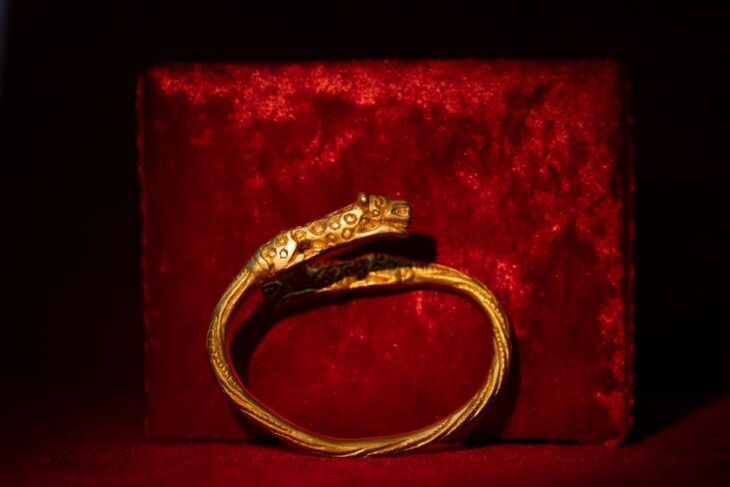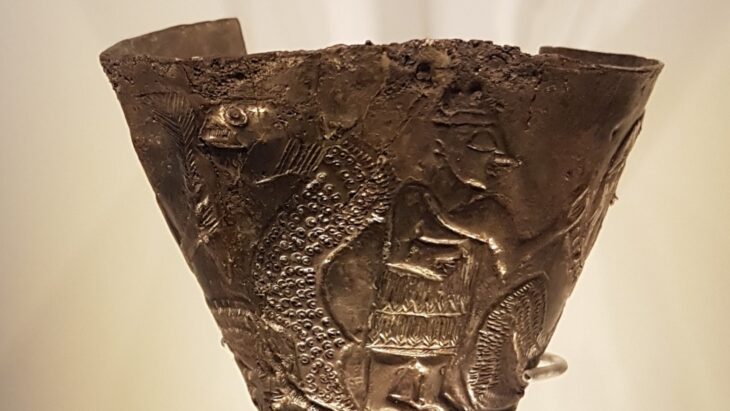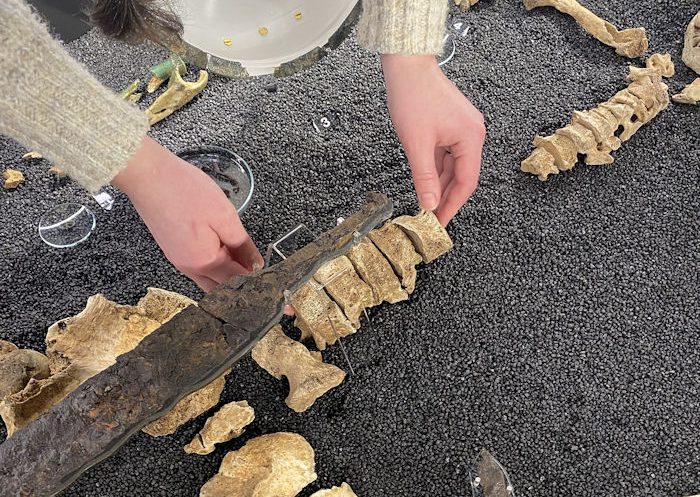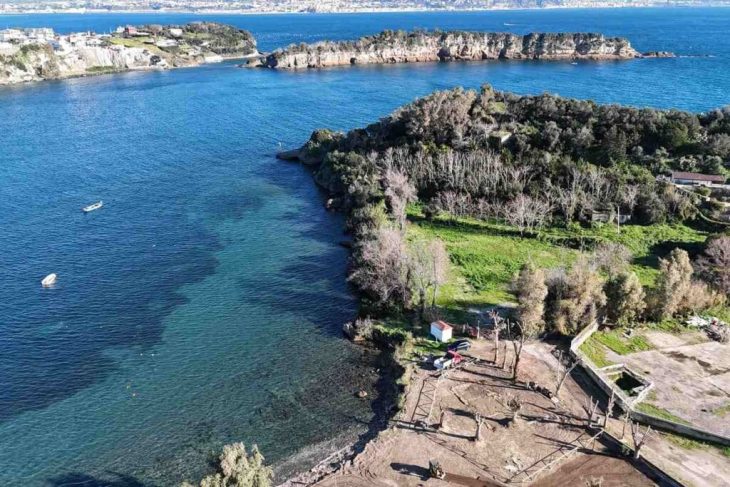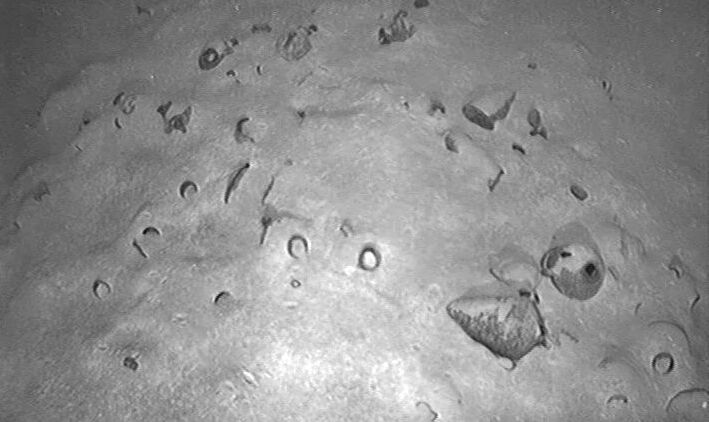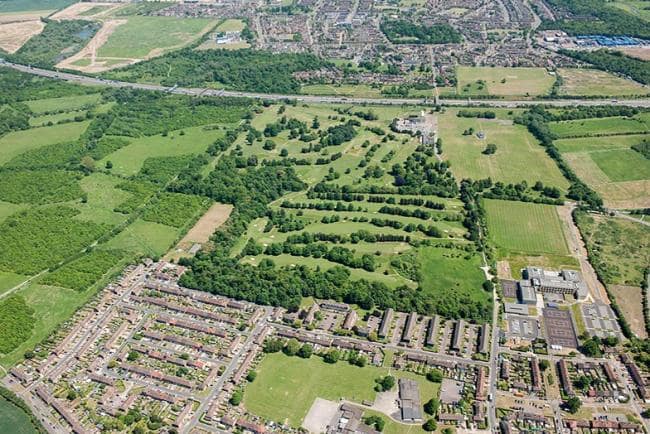In a new study conducted by a team from the University of Bristol and published in the Proceedings of the Geologists’ Association, crucial details about the early Welsh dinosaurs have been unveiled for the first time.
Wales now has important new information about the dinosaur era thanks to a major fossil find. There was no evidence of dinosaur presence in the land of the dragon until recently. However, several dinosaur fossils have been reported over the past decade, although their living conditions remained largely unknown.
Researchers found that early Welsh dinosaurs from over 200 million years ago lived on a tropical lowland beside the sea. Dinosaur trackways are known from Barry and other sites nearby, showing that dinosaurs had walked across the warm lowlands.
The discovery was made at Lavernock Point, close to Cardiff and Penarth, where the cliffs of dark-colored shales and limestones document ancient shallow seas. At several levels, there are accumulations of bones, including the remains of fish, sharks, marine reptiles, and occasionally, dinosaurs.
Former student of the Bristol MSc in Paleobiology Owain Evans, who led the study, explained, “The bone bed paints the picture of a tropical archipelago, which was subjected to frequent storms, that washed material from around the surrounding area, both in land and out at sea, into a tidal zone.
📣 Our WhatsApp channel is now LIVE! Stay up-to-date with the latest news and updates, just click here to follow us on WhatsApp and never miss a thing!!
“This means that from just one fossil horizon, we can reconstruct a complex ecological system, with a diverse array of marine reptiles like ichthyosaurs, plesiosaurs and placodonts in the water, and dinosaurs on land.
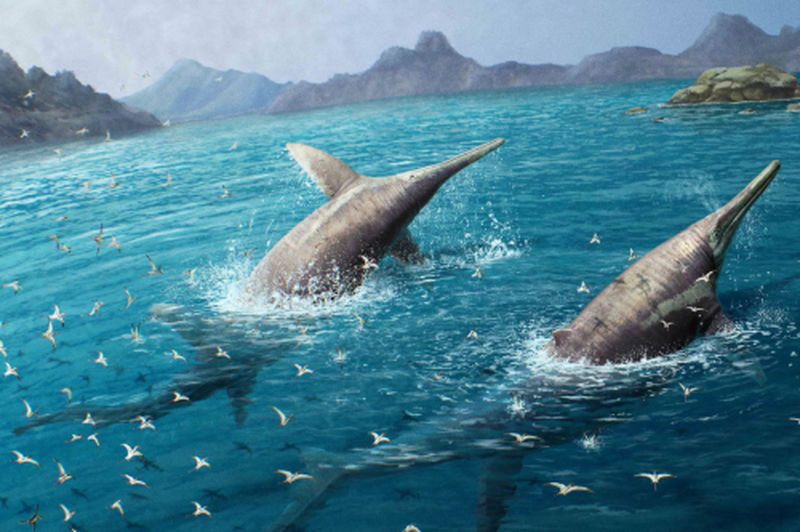
“I had visited the coast at Penarth all my life, growing up in Cardiff, but never noticed the fossils. Then, the more I read, the more amazing it became. Local geologists had been collecting bones since the 1870s, and most of these are in the National Museum of Wales in Cardiff.”
Cindy Howells, Curator of Palaeontology at the National Museum of Wales, adds: “The collections from Lavernock go all the way back to the 19th century, with many sections of the bone bed being collected over the years. The presence of dinosaur fossils at the site ensure that it remains one of the most significant localities for palaeontology in Wales.”
Two discoveries made by the team while conducting fieldwork at Lavernock were the fossilized remains of a placodont osteoderm, and a single coelacanth gular bone. Supervisor Dr Chris Duffin said: “The remains of coelacanths and placodonts are relatively rare in the UK, which makes these finds even more remarkable. These two fossils alone help build a broader picture of what the Rhaetian in the UK would have looked like.”
Professor Michael Benton from Bristol’s School of Earth Sciences, another project supervisor, adds, “The volume of dinosaur remains found at Lavernock is extremely exciting, and is a chance to study a complex, and often mysterious period in their evolutionary history. We have identified the remains of a large Plateosaurus like animal, along with several bones which likely belonged to a predatory theropod.”
A significant section of the paper is dedicated to the abundant microfossils found at the site, which include fish teeth, scales, and bone fragments. By examining thousands of specimens, the team was able to identify the key species in the shallow seas and work out the relative importance of each.



